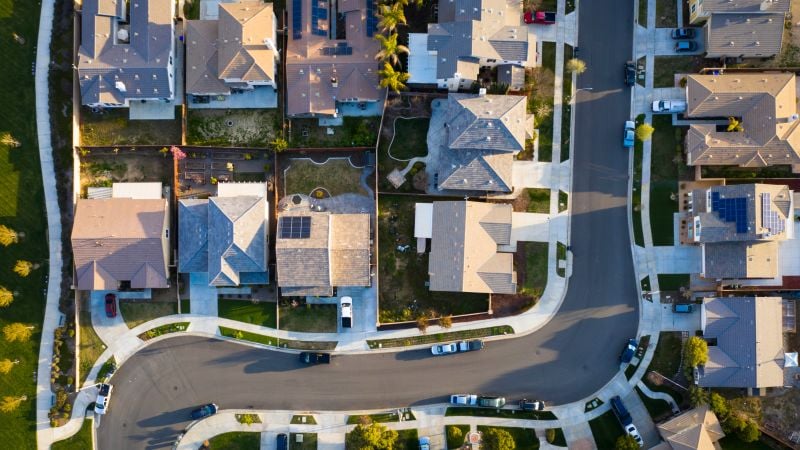- cross-posted to:
- urbanism@hexbear.net
- cross-posted to:
- urbanism@hexbear.net
After 33 years and four children, Baby Boomers Marta and Octavian Dragos say they feel trapped in what was once their dream home in El Cerrito, California.
Both over 70, the Dragos are empty nesters, and like many of their generation, they’re trying to figure out how to downsize from their 3,000-square-foot, five-bedroom home.
“We are here in a huge house with no family nearby, trying to make a wise decision, both financially and for our well-being,” said Dragos, a retired teacher.
But selling and downsizing isn’t easy, appealing or even financially advantageous for many homeowners like the Dragos family.
Many Boomers whose homes have surged in value now face massive capital gains tax bills when they sell. This is a kind of tax on the profit you make when selling an investment or an asset, like a home, that has increased in value.
Plus, smaller homes or apartments in the neighborhoods they’ve come to love are rare. And with current prices and mortgage rates so high, there is often a negligible cost difference between their current home and a smaller one.



Sure those are made up numbers but they illustrate a real issue. Where i live, and I’m sure other high cost of living areas, it’s the land that’s expensive, in short supply. The actual house might be a much smaller part of that.
What that turns into is prices may be insane, but a house isn’t much more than a condo isn’t much more than a vacant lot. Then when you buy, taxes are reset to the new value, so property taxes will now be much higher and realtors commission will be insane. So they need to take a mortgage and take a cost of living hit on the taxes, then are clobbered by high interest. They may literally not be able to afford to downsize